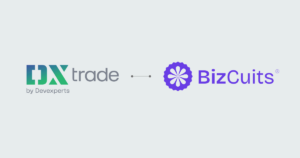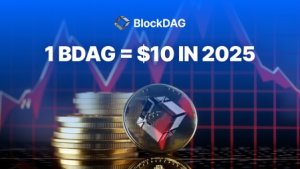Are Payment Cards To Face The Same Fate As Cash In The Virtual Age?
As Millennials and Gen Z become the dominant consumer class, the way payments are made is changing.

The term ‘Digital Native’ was coined by technologist Marc Prensky, and describes the generations of people who grew up alongside the Internet. For these people, technology is second nature, something they understand inherently and adopt far more openly than those raised in the age before the Internet- the so-called ‘Digital Immigrants’, as Prensky described.
Digital natives, the Millennial and Gen Z generations, are also rapidly becoming the dominant consumer class. Appealing to digital natives is a crucial step for survival in the modern age: companies have died and companies have thrived based on their willingness to adapt to the needs of the digital generations. This is no less true for the finance industry.
Once, cash was king, but as technology evolved we soon found this payment form obsolete, as plastic payment cards from our local banks gave us a far more convenient way to spend. But now, with the advent of technologies like Google Pay, Apple Pay, and the mobile banking app, the plastic payment card is looking to be facing competition.
Jeremy Baber, CEO of fintech company Lanistar, said this on the matter. “Young people have grown up with smartphones. They’re more likely to have a smartphone in their pocket than their wallet, and the finance sector is starting to take notice”.
“The way people are using the money is changing, Covid and environmental factors have highlighted the importance and flexibility of online or ‘tap and go’ shopping. This is particularly prevalent (but not restricted to) GenZ and Millennials, everything is smartphone driven this is why Lanistar have taken the bold step to reduce our reliance on physical plastic and focus on the Virtual Card”.
“Virtual cards are plastic-free”, Baber continued. “There was a study conducted by ABI Research, and they found that 3.5 Billion banking cards are being made every year. Now, granted, a banking card is only a piece of 3 x 2 inch plastic, but when you account for the number of cards being made, that’s a staggering amount of plastic”.
“Considering these cards aren’t even being used by some customers, we figured, why contribute to the problem? Which is why we’re so adamant on pushing the Lanistar virtual card”.
While Lanistar is rather bold in its approach to this topic, Baber’s stance reigns true: in today’s age, more young people are turning to pay for their daily shop with a virtual card loaded onto their smartphone than the physical plastic one tucked in their wallet. A 2022 study by CSA concluded that 53% and 62% of Millennials and GenZ respectively are using virtual solutions to make payments, and as these generations continue to set the standard in finance, it is likely we will see this shift continue.
So, is this the end for physical payment cards? Unlikely. There are still functions of a physical card that have yet to go virtual, like the ability to draw cash from an ATM, however where virtual payment technology will head next is difficult to predict.









